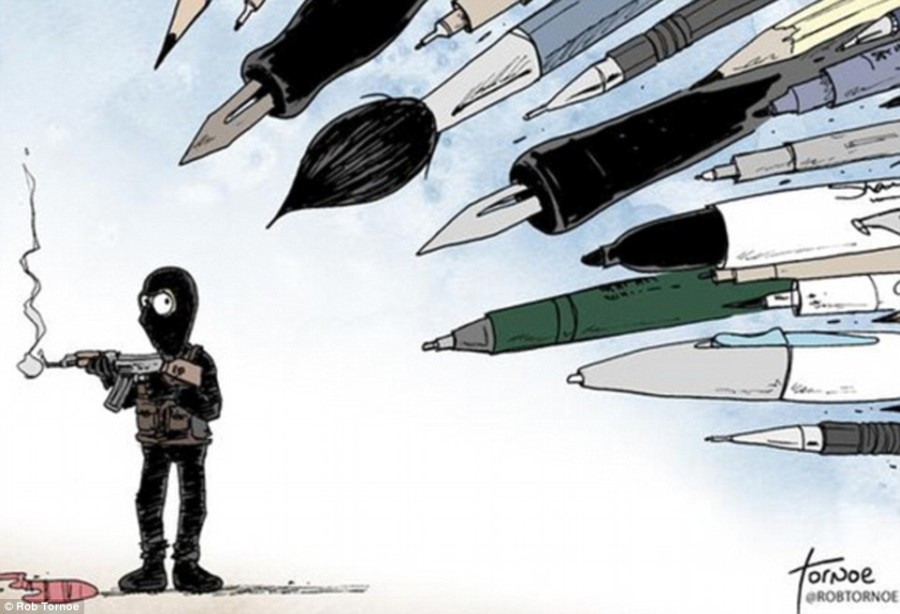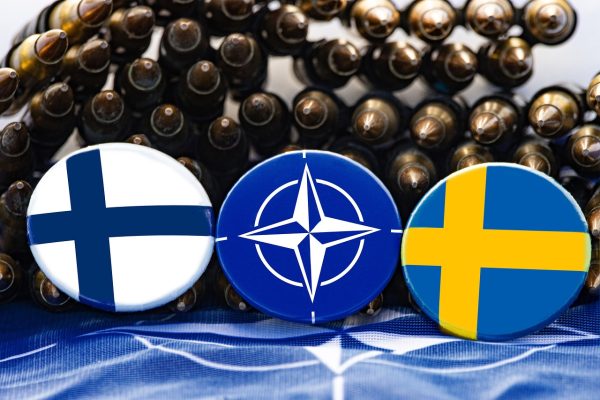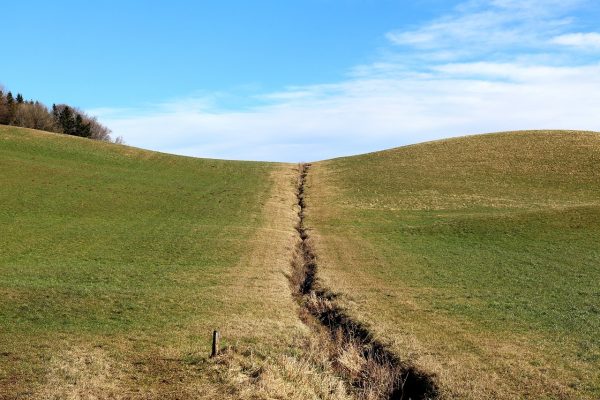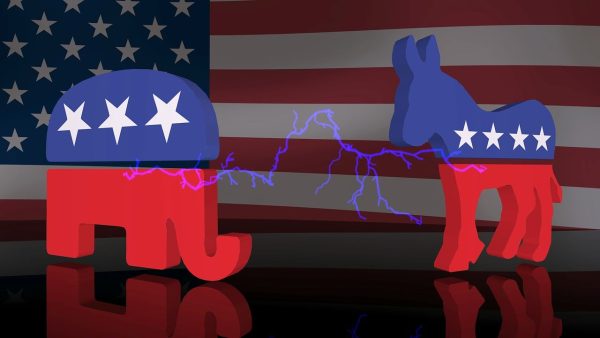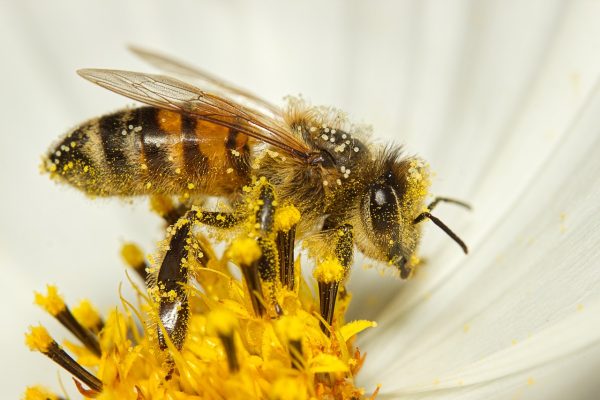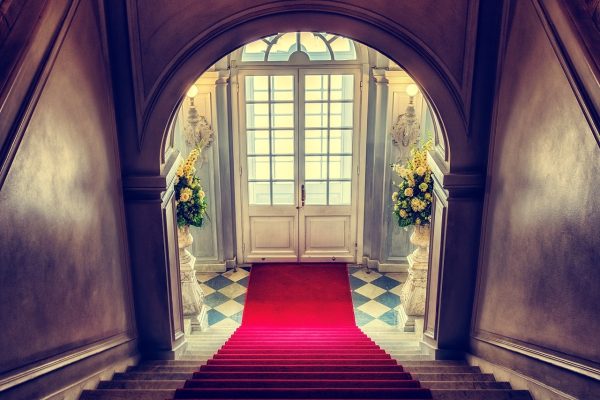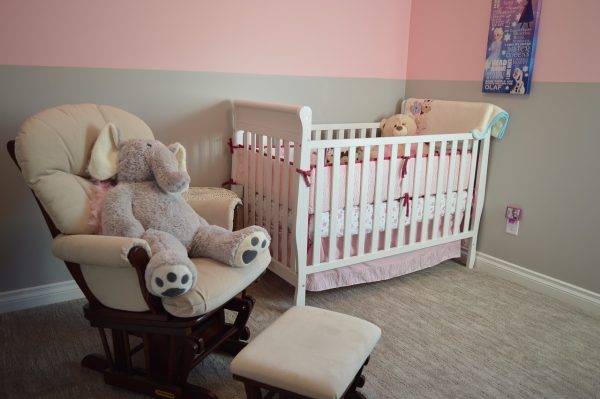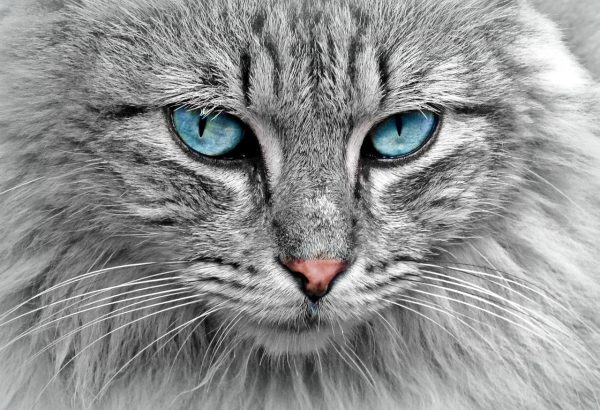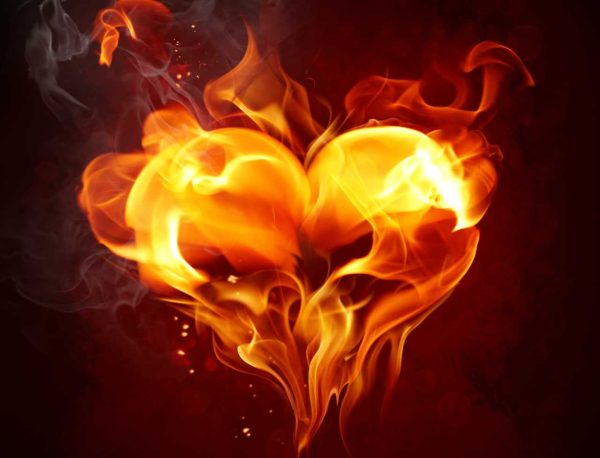The French Attack 2015
Media faced a flagrant trampling on the freedom of press – the terrorist attacks in France massacred 10 people in Paris to begin 2015. Undermining the core of freedom of speech and publication, terrorism is – unwilling to admit – seizing our thoughts and the world’s spotlight.
Charlie Hebdo is a French satirical weekly magazine that came into the global spotlight in January. Its renowned anti-religious, left-winged, and contentious cartoons and jokes have been attracting a lot of controversy. More specifically, a cover of a 2011 issue featured a cartoon of Muhammad, “The Prophet” of God. According to Muslims, the depiction is forbidden in most interpretations of Islam. The recent retaliation is not the extremists’ first-attempt. The office was bombed once in 2012, and there were subsequent incidents related to the so-called “disrespectful acts” toward the Islamists that forced the French to close the US embassies due to threatening incidents that were ominous.
On January 7, 2015, around 11:30 am, several terrorist attackers raged the headquarters of Charlie Hebdo in Paris. The gunmen ransacked the second-floor newsroom, asked for specific people by names, and killed their targets. Killing ten people and one of the gunmen, Hamyd Mourad turned himself in to the police on the same day. Several locations were under police investigation and lock-down, because it was believed that the suspects had been to those places, including a gas station and a kosher grocery store. Amedy Coulibaly, and brothers Cherif and Said Kouachi, were killed at a kosher grocery store and a building, respectively by the Paris police on January 9.
Not only the French, but the global public, including journalists, from across the world showed solidarity and unlimited support to the French media and Charlie Hebdo. Different renditions of “I am Charlie” became the rallying cry for anti-terrorism and free speech / expression. Individuals took to the street that night and held a vigil for the victims. Social media including Instagram and Twitter began flooding with an inspiring illustration by graphic designer Lucille Clerc, with description, “Break one, thousand will rise” – a broken pencil that is sharpened again at the cut with the hashtag “RaiseYourPencil.” Nonetheless, 40 world leaders, including French President Francois Hollande, Israeli Prime Minister Benjamin Netanyahu, Palestinian Authority President Mahmoud Abbas and British Prime Minister David Cameron marched with the crowd. U.S. President Barack Obama and Secretary of State John Kerry were noticeably absent.
Americans are spending more every year (even obligatorily), on national defense and shielding civilians from the harm of terrorism. All maneuvers lead to one single question – are we safe? For sure we remember the brutality of 911, or the Boston Marathon Massacre, overseas, ISIS inveterate beheadings; but the scale and formation of terrorism have seemingly changed – from massive to scuffles – from distant criminals, to the people that you might have already rubbed elbows with.
Are we safe? It is indisputably the difference in beliefs that polarize the majority of civilians and the alleged terrorists, who attempt to manipulate or indoctrinate the innocents with extreme thoughts, threatening barbarity and violence. You stand, or be silenced – that determines if we are going to be safe.

